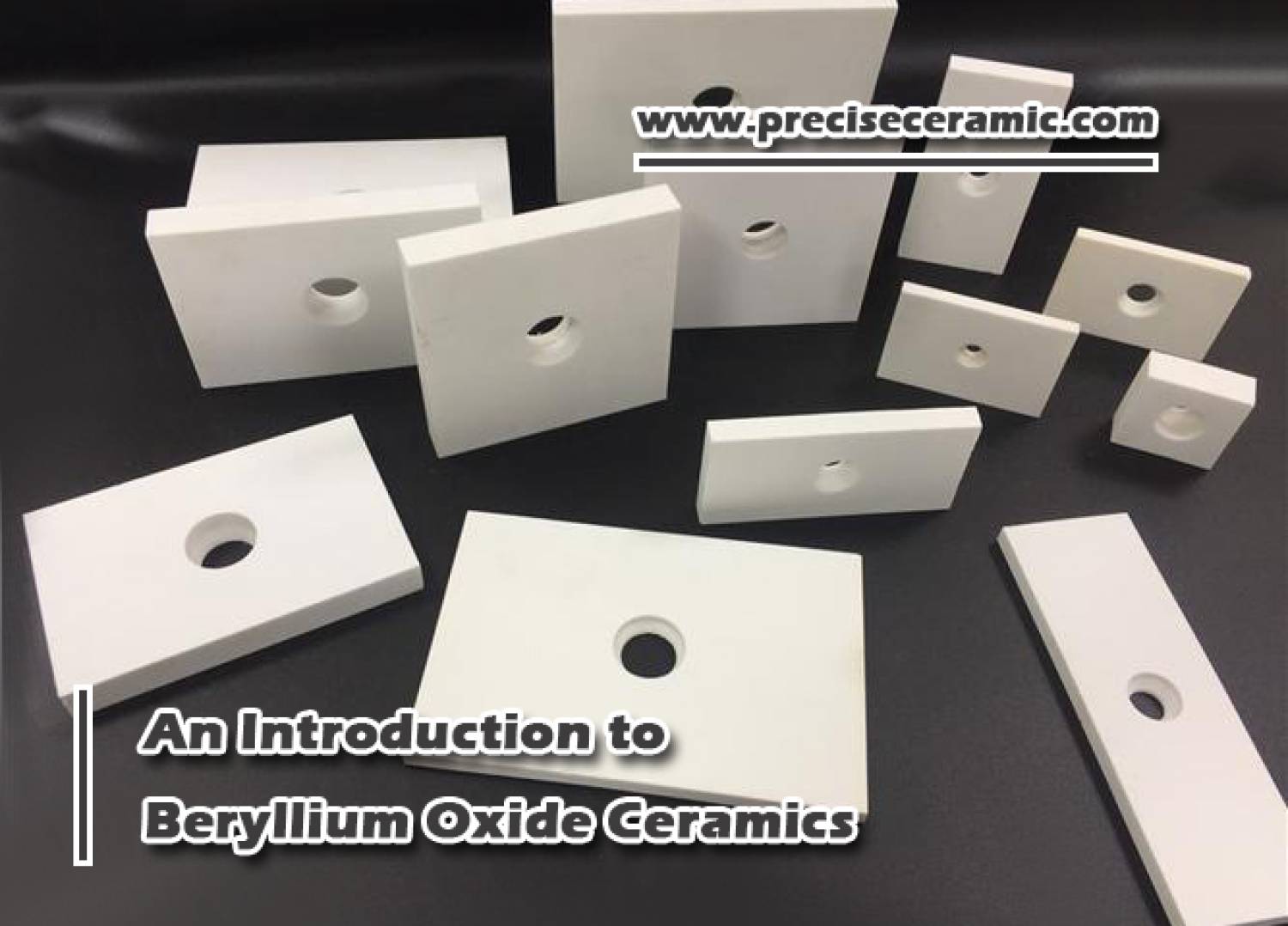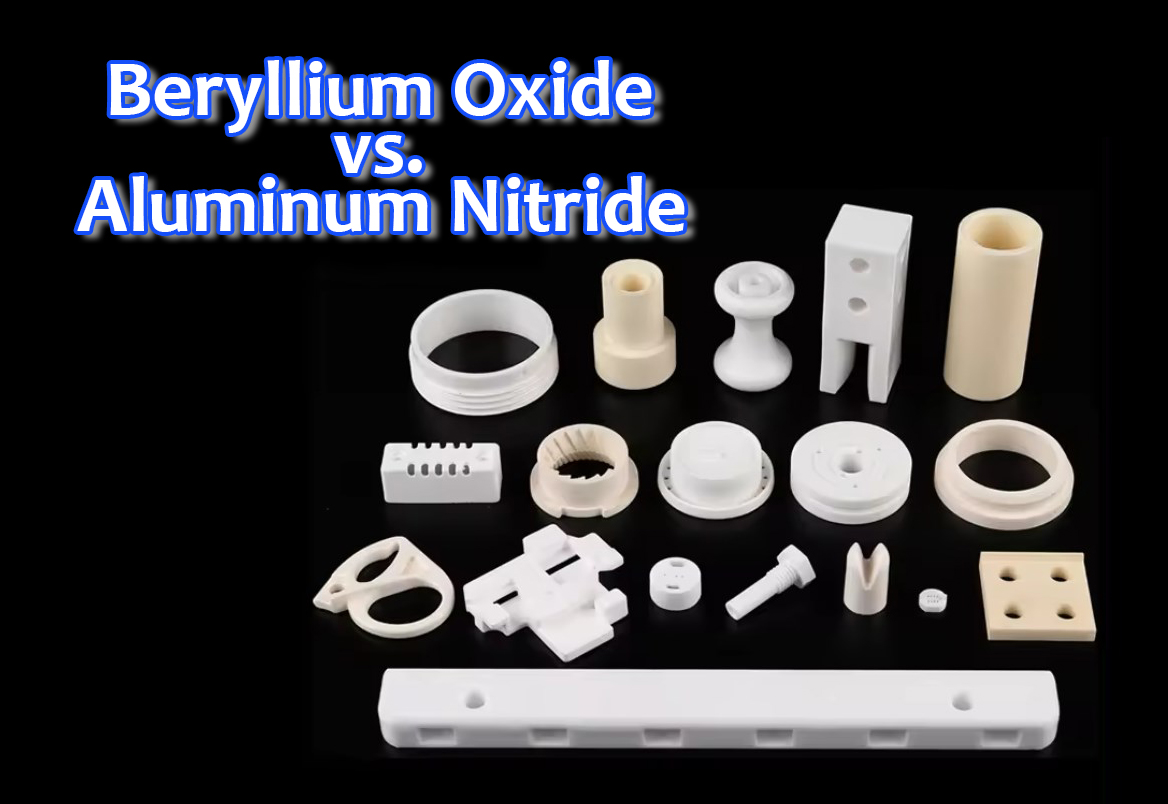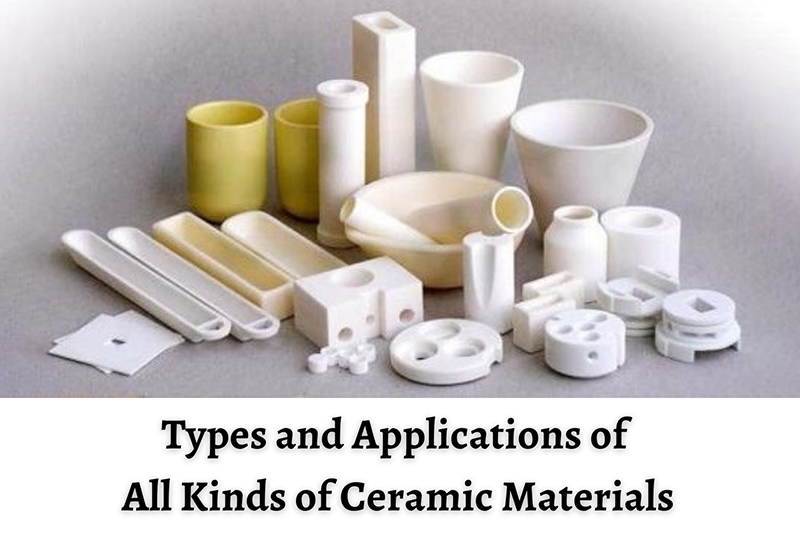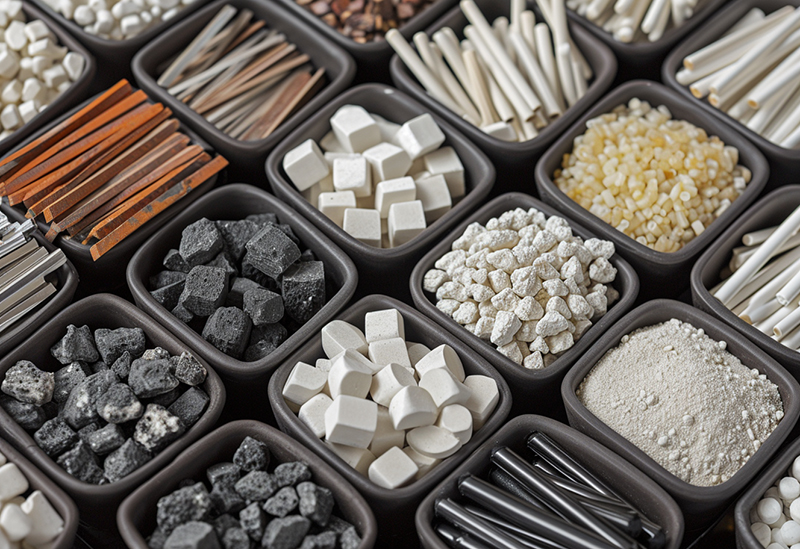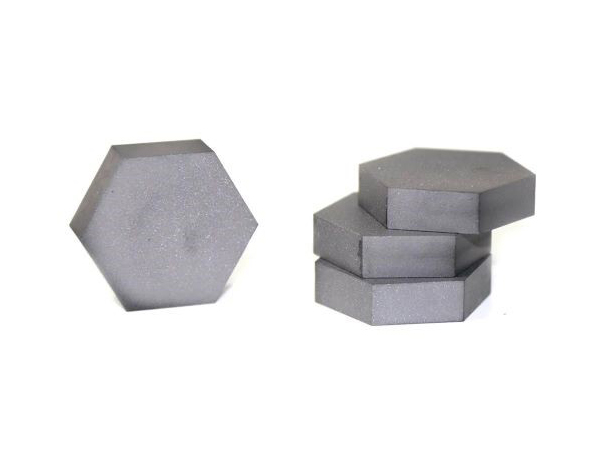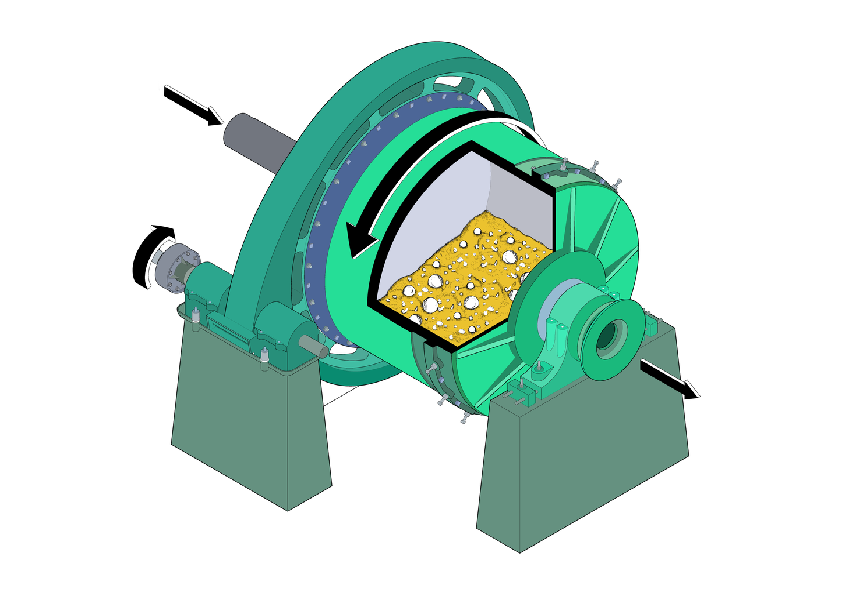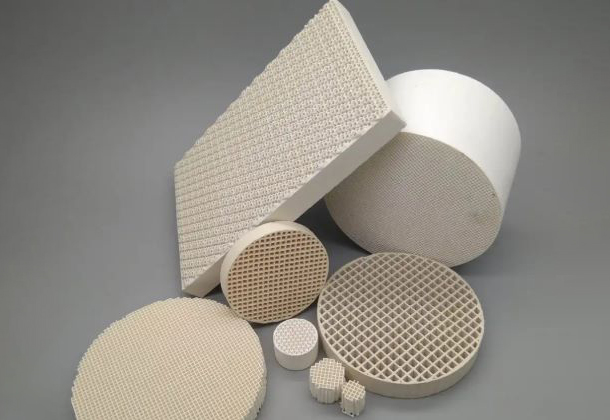Beryllia (BeO)
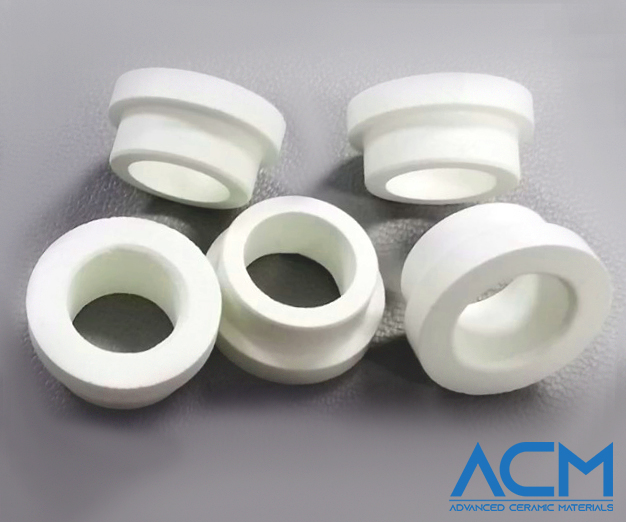
Beryllium oxide, or beryllia (BeO), is synthesized as a white amorphous powder and subsequently sintered into larger, more durable shapes, creating a highly stable ceramic material prized for its unique combination of properties. Its application spans several industries that demand materials exhibiting both high thermal conductivity and electrical resistivity. This balance makes BeO particularly valuable in environments where thermal management is critical, yet electrical insulation must be maintained. The ceramic's high thermal conductivity facilitates efficient heat dissipation, a crucial attribute for electronic devices and other high-temperature applications, ensuring optimal performance and longevity of the components.
In addition to its impressive thermal and electrical characteristics, beryllium oxide is noted for its chemical stability and exceptional resistance to water and steam, further broadening its utility across various applications. These properties enable BeO to withstand corrosive environments and maintain its structural integrity under challenging conditions, including exposure to steam and high temperatures. Such chemical resilience, coupled with excellent electrical resistivity, positions beryllium oxide as a material of choice for critical applications in the aerospace and electronics sectors, where reliability and performance are paramount.
More Info About Beryllia
Products | Structure | Specification | Applications | Video | FAQs | Safety Data Sheet
Beryllium Oxide Structure
Beryllium oxide (BeO), also known as beryllia, crystallizes in a hexagonal wurtzite structure, a configuration it shares with other compounds like zinc oxide (ZnO). This crystalline structure is characterized by a close-packed arrangement of oxygen ions, with beryllium ions filling half of the tetrahedral interstitial sites. The hexagonal wurtzite lattice of BeO contributes to its unique combination of properties, such as high thermal conductivity and good electrical resistivity.
Solid State, Public domain, via Wikimedia Commons
In the BeO crystal structure, each beryllium ion is tetrahedrally coordinated to four oxygen ions, and similarly, each oxygen ion is coordinated to four beryllium ions. This tight bonding arrangement results in a highly stable and compact structure, providing BeO with its exceptional mechanical strength and chemical stability. The structure's stability and the strong covalent bonding between beryllium and oxygen atoms are key to the material's high melting point, which exceeds 2500°C, and its ability to act as an efficient thermal conductor while being an excellent electrical insulator.
Beryllium Oxide Specification
| Appearance | White crystals |
| Boiling Point | 3900 °C |
| CAS Number | 1304-56-9 |
| Crystal Structure | Hexagonal |
| Density | 3.02 g/cm³ |
| Melting Point | 2507 °C |
| Molar Mass | 25.01 g/mol |
| Molecular Formula | BeO |
| Solubility | Insoluble in water |
| Thermal Conductivity | 250-330 W/m·K |
| Electrical Resistivity | >10^14 Ω·cm at room temperature |
| Chemical Stability | Resistant to most acids and alkalis |
| Thermal Expansion Coefficient | 8.0 x 10^-6 /°C (room temp to 1000°C) |
| Hardness | ~9 Mohs |
| Refractive Index | Approximately 1.733 at 20°C |
| Dielectric Constant | 6.7 - 10, varying with frequency and temperature |
Beryllium Oxide Applications
Beryllium Oxide (BeO) is highly valued in various high-tech industries due to its exceptional combination of thermal conductivity, electrical insulation, and chemical stability. Here are some of the key applications of BeO:
Electronics and Semiconductors
BeO is extensively used as a substrate and dielectric in electronics for its superior thermal conductivity and excellent electrical insulation properties. It is particularly beneficial in high-power semiconductor devices, where efficient heat dissipation is crucial for maintaining operational integrity and prolonging device lifespan.
Thermal Management
Due to its high thermal conductivity, BeO is ideal for thermal management applications. It is employed in heat sinks and spreaders that cool electronic devices, such as CPUs, lasers, and power amplifiers, preventing overheating and ensuring stable performance.
Microwave Technology
In microwave and RF applications, BeO's low dielectric constant and loss tangent make it an excellent material for components like insulators, resonators, and substrates. Its ability to efficiently remove heat while maintaining signal integrity is highly valued.
High-Performance Ceramics
In the aerospace sector, BeO's resistance to thermal shock and high-temperature stability are critical. It's used in components that must withstand harsh environments, such as insulating tiles on spacecraft and missile systems.
Industrial Equipment
BeO ceramics find applications in high-temperature industrial equipment, including furnace linings and crucibles for metal processing. Its chemical inertness and ability to withstand corrosive environments make it suitable for these demanding applications.
Read more: An Introduction to Beryllium Oxide Ceramics
ACM Ceramic Product Video
Your Beryllium Oxide Ceramics Supplier
Advanced Ceramic Materials is a leading supplier of beryllium oxide ceramic products of the highest quality for a wide range of applications. We are happy to provide advice on materials, design, and application. Feel free to contact us with any questions about beryllium oxide or other ceramic materials that are not listed on the website.
| Chemical Formula | BeO |
| Mechanical | |
| Density | 3.01 |
| Hardness | 20-21 GPa |
| Modulus of Elasticity | 345 |
| Flexural Strength | 275 MPa |
| Compressive Strength | 3000MPa |
| Poisson's Ratio | 0.25 |
| Fracture Toughness | 2.0-2.7 MPa m½ |
| Electrical | |
| Dielectric Strength | 16-20 kV/mm |
| Dielectric Constant | 6.7-7.0 (@ 1 MHz) |
| Volume Resistivity | >10¹³ ohm-cm |
| Thermal | |
| Coefficient of Thermal Expansion | 7.5x10^-6/°C |
| Thermal Conductivity | 200 W/(m*K) |
| Specific Heat | - |
| Shock Resistance | - |
| Maximum Working Temperature | 1800°C |










